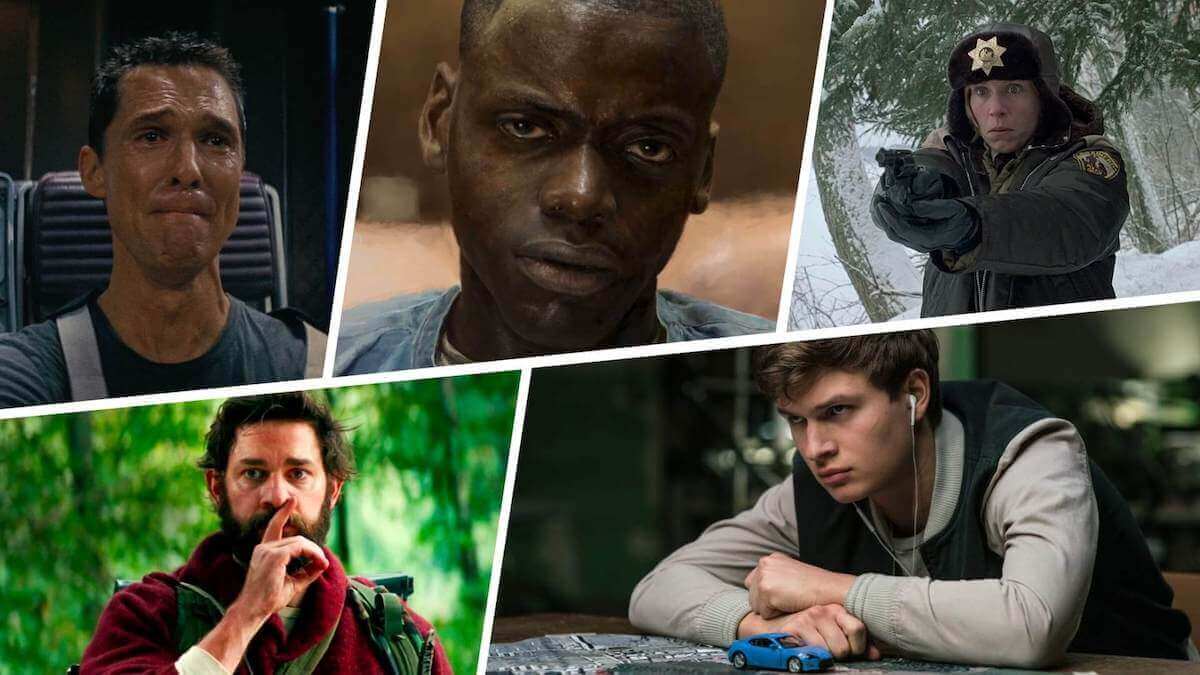Dialogue scenes can be great, but they can easily fall short if they solely focus on the character doing the talking. Reaction shots have the ability to elevate a dialogue scene in a completely nonverbal way. Sometimes the physical reactions of a character can say a whole lot more than words. Let’s find out how.
Reaction shot film definition
First, let’s define reaction shot
Reaction shots can contribute to a scene in various ways, but all have the main function of cutting away from the main action. Before we cover the different ways reaction shots can be used, let’s clarify what a reaction shot is.
REACTION SHOT FILM DEFINITION
What is a reaction shot?
A reaction shot refers to when an action takes place on screen, and then cuts to a separate shot that allows the viewer to see the reaction to this action from other players in the scene. This can be a reaction from a human, animal, or any form with a perceptible personality.
What are reaction shots used for?
- Suggest emotions to the audiences
- Showcase an actor's performance
- Control pacing
- Give the editor flexibility
Reaction shot in tv shows
Direct the audience’s emotions
Sometimes a scene is more about the characters who are listening than the characters who are talking. By cutting to the emotional reactions of characters, the director and editor is able to suggest to the audience how they should feel about what is being said.
While the information of the scene can be heard in the dialogue, how the audience should feel about the information is being communicated through the reaction shots.
Take this video for example, in which we break down the shot reverse shot coverage from a Game of Thrones scene. Keep in mind that the majority of the scene is composed of reaction shots of other characters rather than the character doing the talking.
How to Shoot Reaction Shots • Subscribe on YouTube
In this case, the director and editor are directing the audience's emotion towards humor. If there were less or no reaction shots, the comedic delivery would be off and we'd be left with a rather uninteresting and awkward scene.
Related Posts
Reverse angle shot
Create a pace
Another function of the reaction shot is to create a pace within a scene. The pace could contribute to comedic timing, dramatic build up, or simply to allow the audience to digest the information being communicated. Using reaction shots can help break up dialogue scenes to a more rhythmic pacing.
Some of the best directors to do this are the Coen brothers. Throughout all of the Coen Brothers' best films, there is an ever present rhythm in their scenes.
Much of this is determined by their use of reaction shots in their shot reverse shot scenes. This video by Every Frame a Painting analyzes this rhythm and how it can be lost in films that the Coen brothers wrote, but did not direct.
Joel & Ethan Coen • Shot | Reverse Shot
The biggest take away from this video is that the rhythm in a scene is nonverbal. This is where reaction shots or a reverse angle shot come in. Editors often cut to a reaction shot in an attempt to “show don’t tell.” Speaking of the editor, reaction shots are their best friend. Why? It gives them flexibility.
Reaction shot film
Give the editor choices
A part of the editor’s job is to make decisions about which performances are the strongest and which help tell the story the best. One of the advantages of shooting shot reverse shot coverage is that it gives the editor more choices when making these decisions.
For instance, editors can combine two different takes of a scene by cutting to reaction shots to make the scene seamless. This allows the editor to pick the best performances of all the takes. This video by Film Editing Pro analyzes an example of this from No Country for Old Men. The editor effectively cuts to a reaction shot to avoid a jump cut of the main dialogue.
Reaction Shot Film Editing Tricks
Reaction shots can be both a logistical tool for an editor to cut away too as well as a primary storytelling mechanism. When planning your next shot with StudioBinder’s free shotlisting app, do not forget to list reaction shots in your coverage. Reaction shots can often make or break a scene and having them available in post-production will make your film a whole lot better.
Related Posts
UP NEXT
Walter Murch’s Rule of Six in Editing
In our next article, we break down the techniques and tips from Oscar-winning editor Walter Murch. Level up your skills as an editor by learning how to create the best cut possible.
Up Next: Murch’s Rule of Six →
Showcase your vision with elegant shot lists and storyboards.
Create robust and customizable shot lists. Upload images to make storyboards and slideshows.
